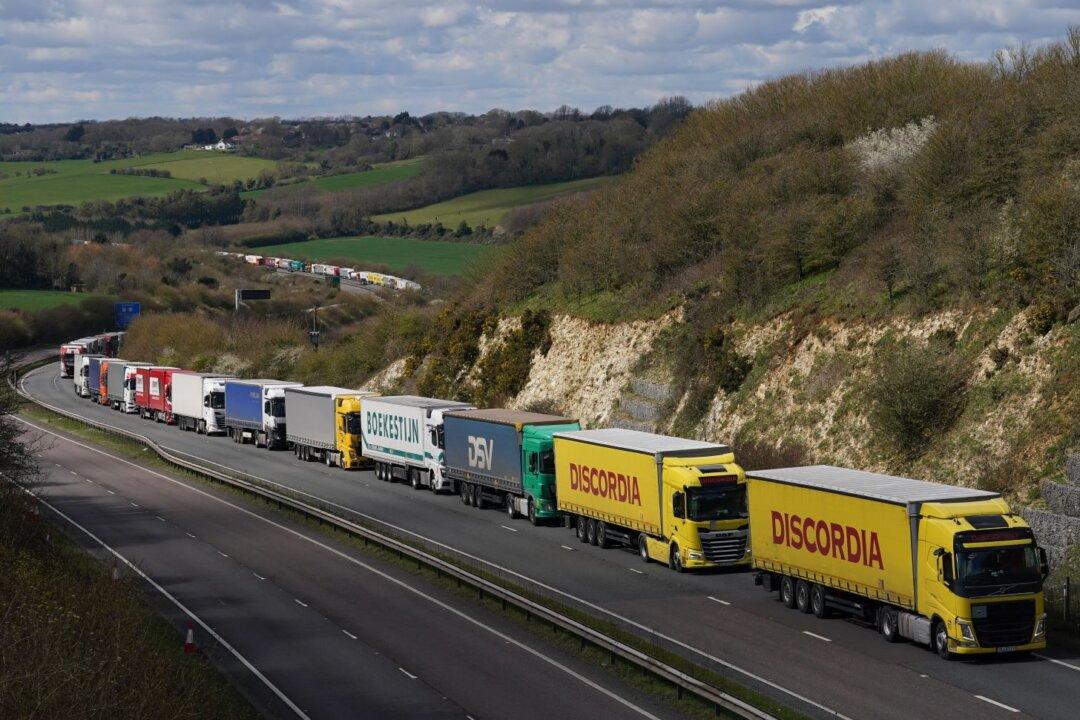The Department for Transport (DfT) has given permission for longer lorries to use Britain’s roads after claiming they are more efficient, safer, and produce less carbon emissions.
Critics have described it as a “deeply retrograde step,” while the Road Haulage Association said it does not go far enough and urged the government to increase the maximum weight of lorries.





